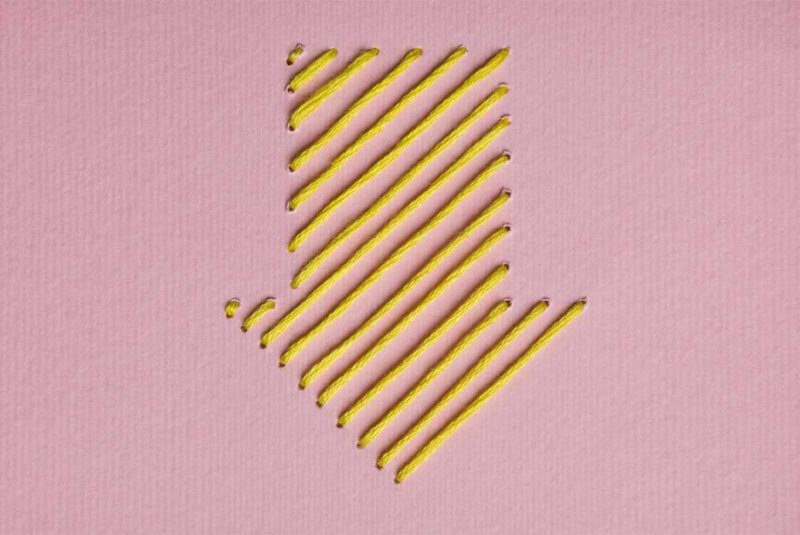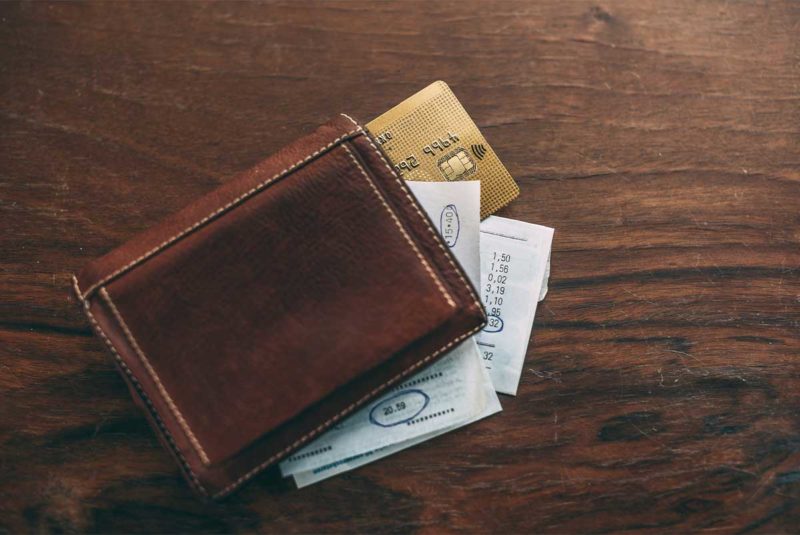More than 40% of American households have credit card debt, with an average balance of $5,700.
You’ve probably seen stats like that before — but may have been afraid to ask: What is a credit card balance? And why does it matter?
Credit Card Balance, Explained
When you use a credit card, you borrow money from the credit card issuer. So, to put it simply, your balance is the amount you owe, or your credit card debt.
Every time you make a new purchase, you increase the balance on your credit card — and every time you make a credit card payment, you reduce it.
In addition to purchases, your credit card balance includes interest charges, late fees, annual fees, etc.
If you return an item or overpay your bill, your balance might be negative (meaning the credit card company owes you money). Or if you’re entirely settled, the balance will be zero.
Let’s say you have a zero balance on your cash back card. You spend $25 at a restaurant and $75 on a new pair of shoes. You now have a balance of $100.
- If you pay your bill in full ($100), you’ll return to a zero balance.
- If you pay your bill in full ($100), and then return the shoes ($75), you’ll have a negative balance of $75 — which the issuer will apply to your next statement.
- If you pay only the minimum payment on your bill (say, $25), you’ll have a balance of $75 — plus interest and new purchases — on your next bill.
If you’ve made different types of transactions on your card, like purchases, balance transfers, and cash advances, the balances will be separate because they all come with different interest rates (APRs). When you make payments, the minimum amount required will go toward the balance with the lowest interest rate first, usually your purchase or balance transfer balance; any amount paid over the minimum will go toward the balance with the highest interest rate first, which is usually the cash advance balance.
Statement Balance vs. Current Balance
When you look at your credit card account online, you’ll usually see four payment options: your statement balance, current balance, minimum payment, or some amount of your choosing.
Here’s what those terms mean:
- Statement balance (also called a “new balance”): This encompasses all the charges from the previous billing cycle. From the time your statement is issued, you have an interest-free “grace period” of 21 to 30 days for purchases, as long as you paid your previous statement balance in full. In other words, if you always pay your statement balance by the due date, you’ll avoid interest charges on purchases completely.
- Current balance: This includes purchases and payments made after the billing period ended. Though you’re welcome to pay this amount, there’s no benefit to doing so (unless that balance isn’t covered by a grace period and is accruing interest). We usually recommend just paying the statement balance each month.
- Minimum payment: This is the least you can pay without incurring late charges. It usually equals 2% to 5% of your statement balance, with a minimum of $10 to $25. While you should always pay at least this amount, we urge you to pay more. Because, when you just make minimum payments, you’ll owe interest on any balance that remains.
Why You Should Avoid Credit Card Balances
And that — interest — is the biggest reason not to carry a balance on your credit card from month to month. Since credit cards have an average APR of 17%, interest can quickly make your balance skyrocket.
Say you have a $5,000 balance on a credit card with 17% APR. If you only make the minimum monthly payment (4% of the balance), you’ll be paying that bill for 12.2 years — and will pay a total of $2,666 in interest.
The best way to avoid this is, of course, to only spend what you can afford to pay off.
You can also find credit cards with 0% introductory rates for purchases, which may last for 6, 12, or 21 months, for example. These allow you to carry a purchase balance without being charged interest. Once the 0% introductory period is over, any remaining balance will be subject to the regular purchase APR and will start accruing interest.
If you already have a credit card balance, make sure you at least pay the minimum each month, whether you have a 0% intro rate or not. Not doing so will result in late fees, and worse, a negative impact on your credit reports for the next seven years.
Then, unless your balance has a 0% APR, consider applying for a balance transfer credit card. These come with 0% intro APR periods during which you won’t pay any interest on transferred balances. You will, however, have to pay a balance transfer fee (usually around 3%, so $150 on a $5,000 transfer).
Do the math, because you can most likely save money if your new credit card has a long 0% period. But implement this strategy with caution; the last thing you’d want is to end up carrying a balance and being charged interest on two different credit cards!
How Credit Card Balances Affect Your Credit Scores
Besides racking up interest charges, credit card balances also increase your credit utilization ratio — which, in turn, reduces your credit scores.
Your credit utilization ratio is the amount of available credit you have, compared to the amount of credit you’re using.
So if you have a $1,000 credit limit on your card, and an $800 balance, your ratio is 80%. Which is not good — you want your ratio as low as possible. (If you have multiple credit cards, you’d just add up all the limits and balances to find your ratio.)
Since credit utilization accounts for 30% of your FICO® credit scores, a high utilization will make your scores suffer. The good news, however, is the effect is temporary: As soon as you pay down your balance, your scores will bounce back up.
When you have low scores, you’ll be on the hook for higher interest rates, and may get denied for additional loans and cards. Excellent credit scores, on the other hand, make it easier to obtain loans and low interest rates.
When To Pay Your Credit Card Balance
You may have heard it’s “good for your credit” to carry a credit card balance, but that couldn’t be further from the truth!
What people probably meant is you shouldn’t pay your credit card balance until your monthly statement is generated.
Since credit card companies only send reports to the credit bureaus once a month, always having a paid-off bill (a $0 balance on your statement closing date) might make it look as though you’re not using your credit.
Instead, the best thing for your credit scores is to pay your statement balance in full after you get your statement, but before the due date.
That way, you’ll demonstrate responsible use of credit — without carrying a monthly balance that accrues interest.
How To Control Your Credit Card Balance
We believe credit cards are fantastic tools for building credit, earning rewards, and making purchases. But only if you can control your spending and pay your bills in full.
If it helps, think of your credit card in the same way you do your debit card — and only make purchases you can afford. You can also use a budgeting app like Mint to alert you when you reach your spending limit in certain categories.
When you never carry a balance, you can enjoy all the perks of the best credit cards — without ever having to pay a cent in interest.
The Short Version
- Your credit card balance is the amount you owe the credit card company, i.e., your credit card debt
- Making new purchases increases your credit card balance, while making payments decreases your balance
- You can have separate balances for purchases, balance transfers, and cash advances




